Beginning backyard vegetable gardens are gaining popularity. The benefits of vegetable gardening go way beyond simply saving money. Let’s face it, there is nothing like the taste of a homegrown tomato. Here’s a guide to getting your backyard garden growing.
What Is Your Growing Zone?
This is an important one. Your Growing Zone lets you know what you can plant, and when the best time to plant it is. For example, while I would love to plant an avocado tree in my back yard, my growing zone lets me know that isn’t the best idea.
Look up and learn about YOUR growing zone!
What To Plant In Beginning Backyard Vegetable Gardens
When deciding what to plant in beginning backyard vegetable gardens, it’s best to start small. You can always increase what you grow next year, when you have a bit of experience under your belt.
First, look at what your family eats. Remember that plants like cucumber, tomato, squash and others produce all year long. While carrots, radishes, and corn only provide a single harvest.
Pro Tip: Did you know that in order to grow all of the vegetables you family would need for a year, you would need to grow about 450 pounds of veggies per person. Not ready grow that much in your beginning backyard vegetable gardens? You may be interested in stocking your pantry with some freeze dried fruits and veggies. We’ll show you how you can order Thrive Freeze Dried Food!
What Type Of Gardening Works The Best?
There are several gardening techniques to choose from. Here’s a quick review of the most popular choices.
Container Gardening
Depending on the size of your family and what you have chosen to grow, a container garden might be your best idea. There are even specific plants at the nursery geared specifically for container gardening. Bonus! You don’t even need a yard for a container garden. A patio or balcony will work too.
PRO TIP: Want to learn more about Container Gardening? I highly recommend The Vegetable Gardener’s Container Bible by Edward Smith. This book, plus his The Vegetable Gardener’s Bible are must haves in my humble opinion.
Raised Bed Vegetable Gardens
Raised vegetable gardens makes gardening easier. Especially for more (ahem) mature gardeners of those with bad backs.
Does your backyard have poor soil? Raised gardens could be your answer. This is the situation we found ourselves in after building our current home. Dig an inch down in our backyard and you hit solid rock.
Using cinder block ‘seconds’ my husband built a raised garden bed that we then filled with a few loads of good soil and a bunch of organic matter.
Smaller raised gardens won’t require tilling. However, due to the size of ours, we still till.
PRO TIP: Thinking of building your own raised beds? Raised Bed Revolution has all the details you’ll need!
Traditional Gardening
Many still choose to garden by removing the top grass from our chosen garden spaces, and then tilling and amending the soil before planting. My Dad grew up in an orphanage where if they didn’t grow it, they didn’t eat it. This is still his preferred means of gardening. It works for him as he has 6 acres to spread out on.
Pro Tip: Regardless of which gardening method you choose, you will want to understand the quality of your soil. Once you know more about your soil, you’ll know what amendments it might need. *this post contains affiliate links A soil testing kit can provide you with this important information.
Lasagna Or No Till Gardening Method
This method works for both raised garden beds or gardening directly on the ground. Bonus! No tilling……ever!
With this method you kill off the grass and weed seeds by using thick layers of cardboard or newspaper directly on the ground. Personally, I’d lay down a sweet layer of Visqueen under the cardboard to help keep those weeds from sprouting and growing up through your bed.
Next, you build your garden up by adding alternating layers of peat, topsoil, aged manure, mulch, grass and yard clippings. Before you know it, you’ve got a nutrient rich soil to plant in.
PRO TIP: I love the Lasagna Gardening book by Patricia Lanza. I think you will too.
Where Will Your Garden Grow?
The location of your garden will be very important to it’s success. Here are some things to consider.
Drainage You want your garden in a part of your backyard that drains well. If drainage is a concern, you will want to think about raised gardening rather than gardening directly in the ground.
Sunlight Vegetables and most herbs require at least 6 hours of direct sunlight. Take the time to see how much sun each section of your yard gets during the summer.
Water I remember watching an episode of Little House On The Prairie where Laura had to carry bucket after bucket of water to her newly planted apple trees in the blazing sun of summer.
You won’t have to worry about lugging water to your beginning backyard vegetable gardens if you choose a spot that is close to a convenient source of water.
Direct Sowing Or Ready Made?
Congratulations! You’ve picked your spot, and created your plot! Now it’s time to get planting! But….should you plant seeds or go to the nursery and buy plants. Well, this is a bit of a personal decision, but I’ll share what I do.
I direct sow the following:
Vegetables squash, broccoli, beans, leafy greens, melons, peas, onions (from onion sets), and beets and other root vegetables.
Herbs cilantro, parsley, basil, and chives. The nursery is my friend when it comes to herbs.
I purchase ready made for my tomatoes and peppers. If you would rather not go to the nursery here’s more information on Starting Seeds Indoors and Starting Seeds Indoors: Germination.
Where To Find The Best Seeds
Wondering where to find the best seeds? Just because I love you guys so much, I’m sharing my Favorite Garden Seed Sources! *muwah*
Here’s the thing. Gardening is truly on of those learn as you go activities. Do something that kills off all of your cucumbers this year? Well, I bet you won’t do that again next year, now will you? heh.
Go. Have fun. Take notes on what works and what doesn’t. And feel free to ask any questions in the comment section below.

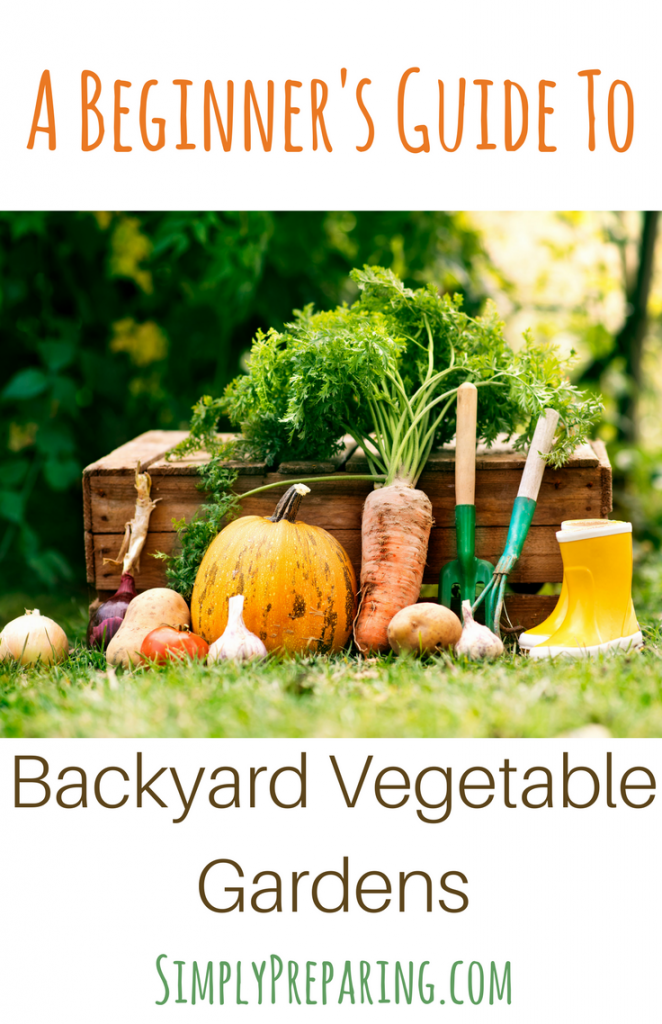
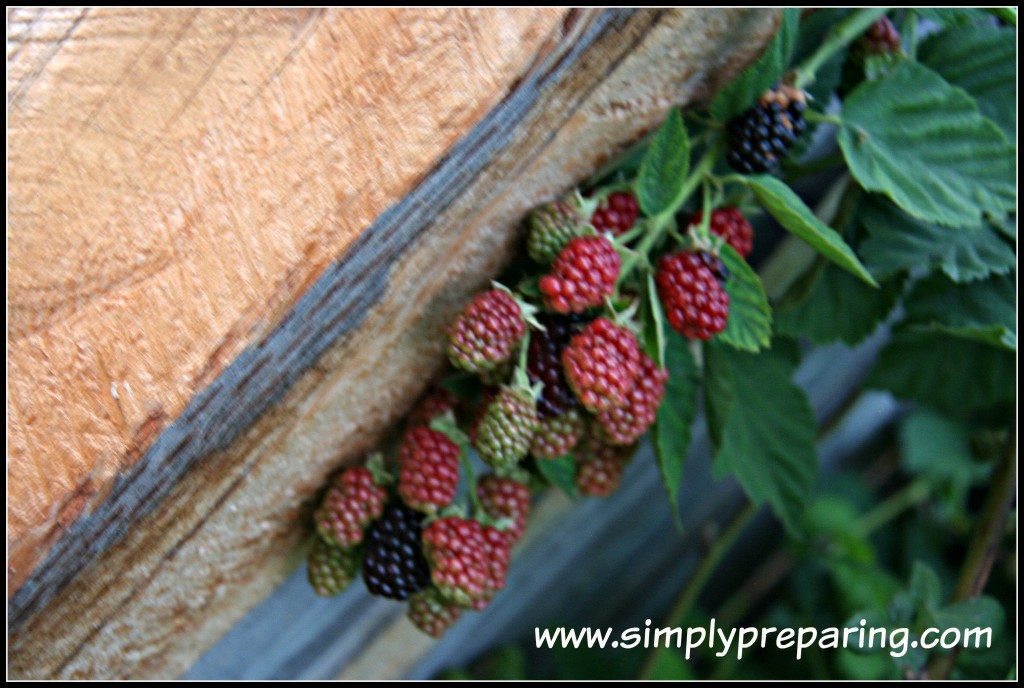
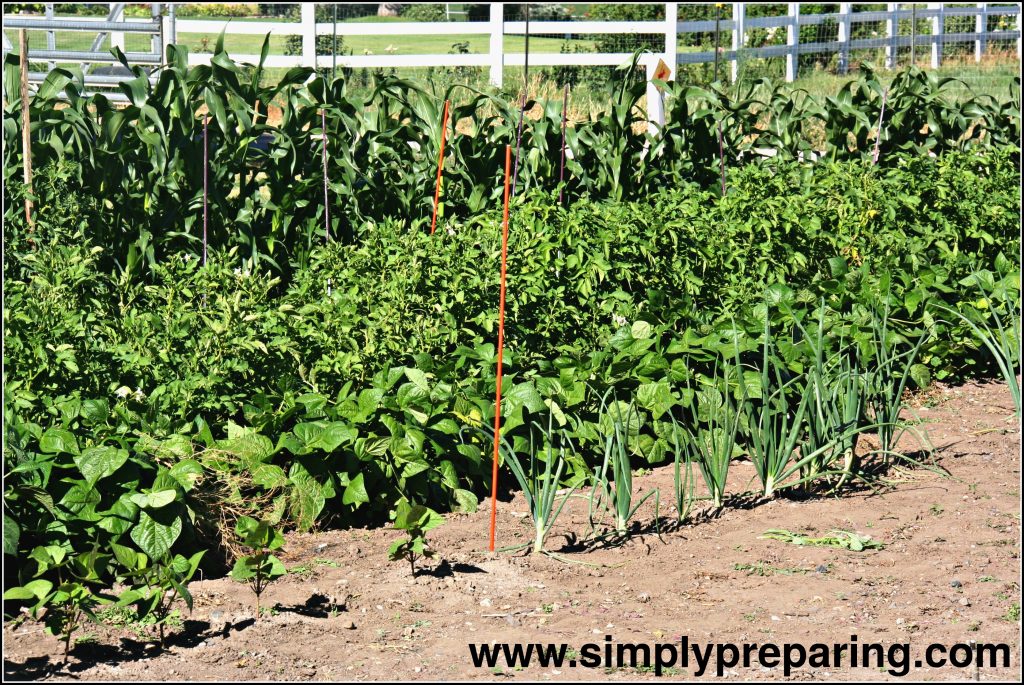
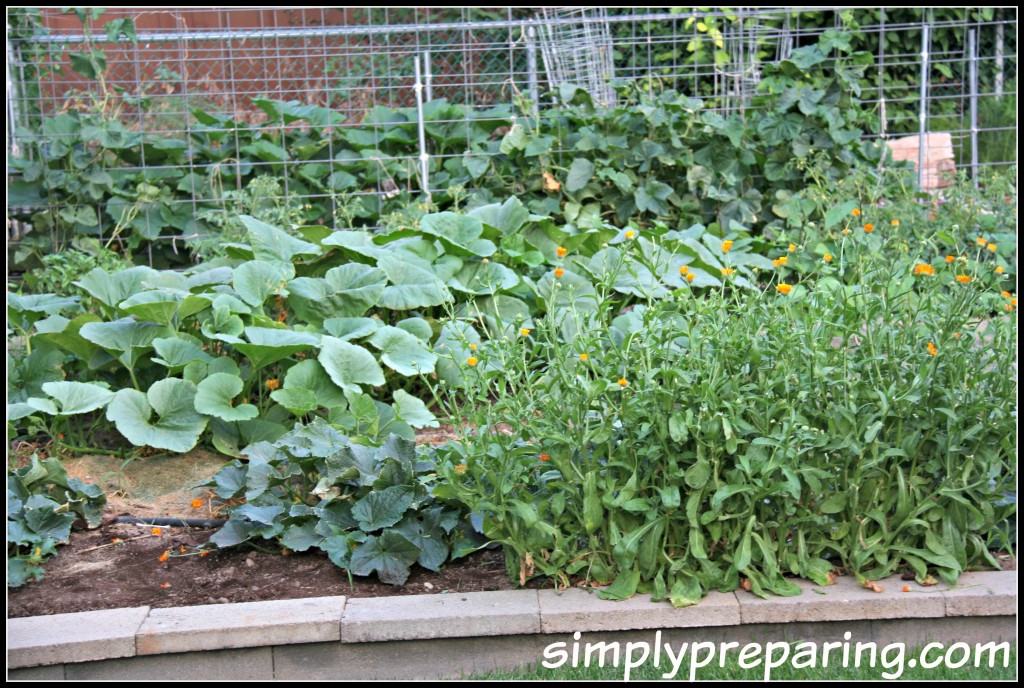
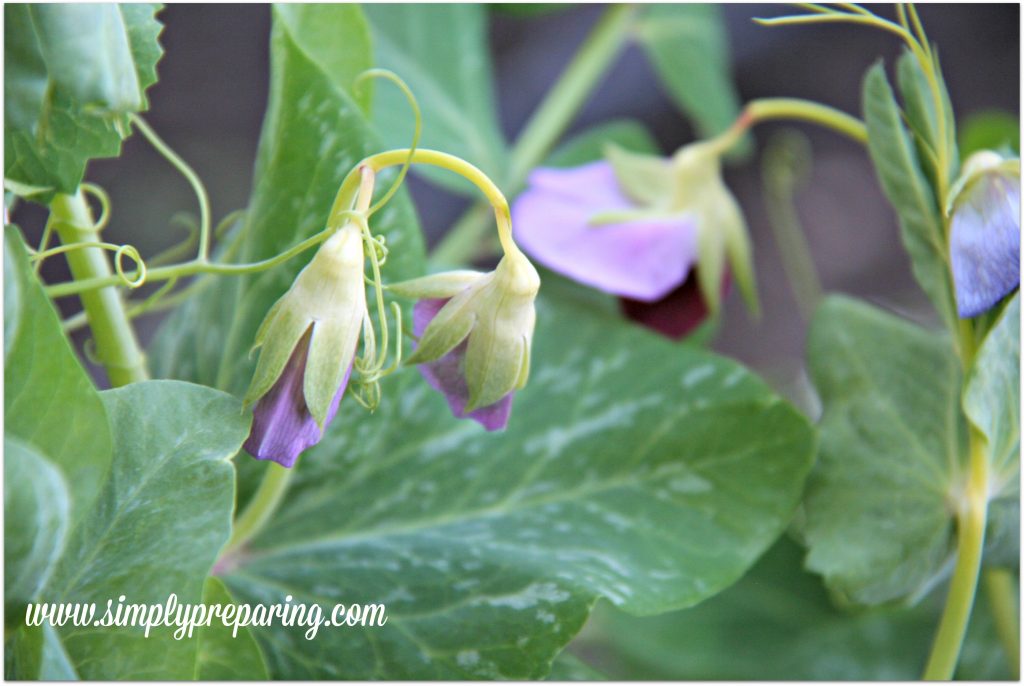
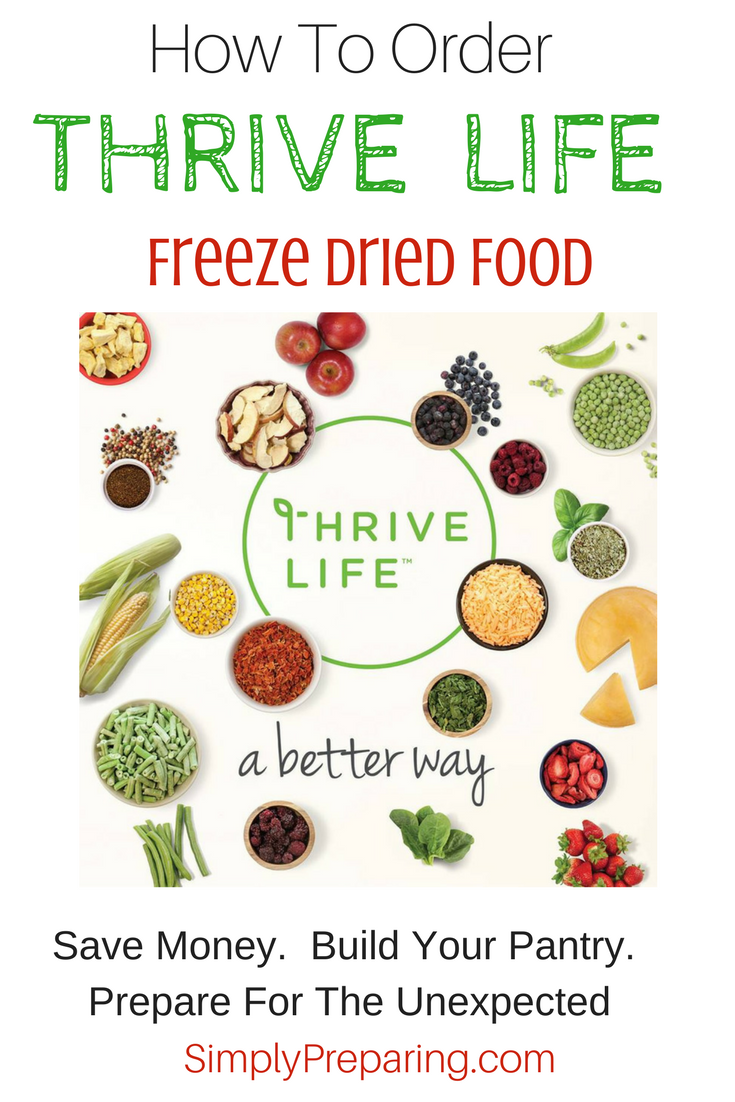 How To Order Thrive Freeze Dried Food
How To Order Thrive Freeze Dried Food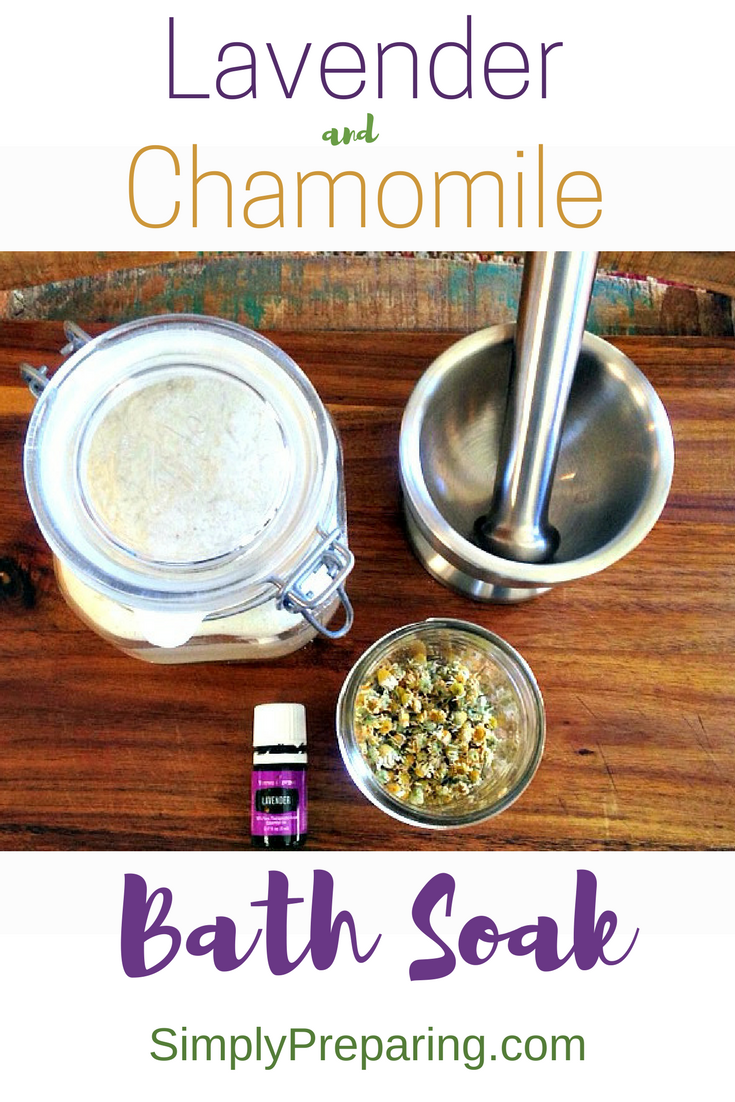 »
»
Leave a Reply